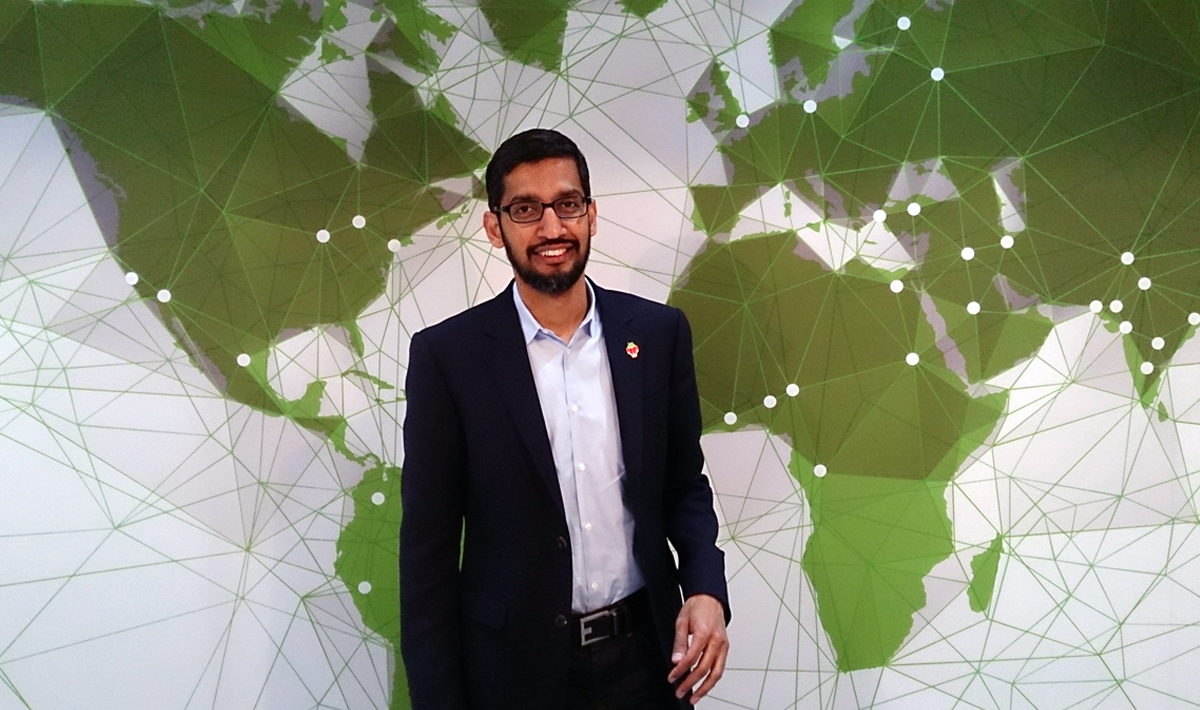The Risk of AI Valuation: Why CEOs Must Navigate the Hype With Strategy
Artificial intelligence isn’t just a technological frontier—it has become a strategic frontier. The staggering surge in investment, often reaching into the trillions, has transformed AI from a specialized tool into a central lever of corporate strategy. Sundar Pichai, CEO of Alphabet, recently highlighted what many executives instinctively sense: even the most influential companies are exposed to the risks of inflated valuations and speculative momentum. His observation that there are “elements of irrationality” in the current AI boom serves as a vital lens for leaders considering the long-term implications of aggressive technology bets.
This is not about retreating from innovation; it is about recognizing how corporate strategy, market psychology, and systemic risk intersect. It is a lesson for boards, CEOs, and stakeholders who must balance ambition with resilience.
Understanding the Bubble: When Investment Outpaces Fundamentals
In markets driven by excitement, valuation often outruns reality. The AI sector demonstrates this phenomenon clearly: funding flows rapidly toward startups, infrastructure projects, and cutting-edge research, while measurable returns remain uncertain. CEOs and business strategists must recognize that high enthusiasm does not guarantee proportional financial outcomes.
From a leadership standpoint, this situation mirrors lessons from prior technology waves, including the late-1990s internet boom. Executives who navigated that period successfully did so by distinguishing between tactical opportunities—short-term projects with immediate ROI—and strategic bets that required long-term discipline and contingency planning.
Example for context: Alphabet’s “full-stack” AI strategy—controlling everything from chip design to model development—illustrates how internal capability can mitigate exposure. Yet, Pichai cautions that even such advantages do not render a company invulnerable. Leaders need to evaluate which investments are growth drivers and which are speculative extensions of market hype.
Systemic Risk and the Illusion of Immunity
The most important insight for corporate boards is the interconnected nature of AI markets. Pichai’s candid warning that “no company is going to be immune” underscores that systemic risk is not theoretical; it is tangible. Large firms, suppliers, data providers, and venture-backed startups all share exposure.
For executives, this means scenario planning must expand beyond traditional financial metrics. Risk frameworks should incorporate not only market corrections but also operational stress points—energy consumption, regulatory scrutiny, and talent bottlenecks—as integral to understanding corporate vulnerability.
From a consumer perspective, this insight explains why rapid adoption of AI products or services may carry hidden costs. Leaders must reconcile technological promise with sustainable growth, ensuring corporate decisions do not inadvertently destabilize the broader ecosystem.
Energy, Scale, and Operational Risk
As AI infrastructure scales, energy demand becomes a strategic factor. Pichai highlighted the “immense” power requirements necessary to sustain training of advanced AI models. For CEOs, energy is no longer a back-office concern—it is an operational risk that directly affects cost structures, carbon strategy, and public perception.
The business implication is clear: scaling a technology is not merely a matter of capital allocation; it is a multidimensional challenge requiring foresight across finance, sustainability, and operational execution. Executives who integrate energy and infrastructure metrics into AI strategy position their organizations for resilience rather than reactive crisis management.
Balancing Innovation With Strategic Vigilance
Leaders face the dual challenge of harnessing AI for innovation while safeguarding against the volatility inherent in high-stakes investment. Key principles emerge:
-
Define rational thresholds: Establish clear parameters for capital commitment that distinguish between strategic growth and speculative risk.
-
Stress-test investments: Use financial modeling, scenario planning, and sensitivity analysis to understand potential downside.
-
Integrate sustainability into expansion: Consider energy, regulatory compliance, and operational capacity alongside financial returns.
-
Communicate strategy clearly: Boards and stakeholders benefit from transparent articulation of risk versus reward, aligning expectations with measured ambition.
These lessons transcend the technology sector. CEOs across industries—from healthcare to finance—can apply the same frameworks to ensure bold initiatives do not compromise stability.
Leadership Insight: Why Vigilance Is the Best Innovation Partner
Pichai’s reflection is both a caution and an invitation. Bold innovation must be paired with disciplined leadership. A company can pursue AI to shape the future, but without strategic checks, even market leaders are susceptible to valuation shocks.
For executives, the takeaway is timeless: understanding risk is not antithetical to innovation—it is its prerequisite. Boards, investors, and management teams that embed these principles into decision-making cultivate resilience, sustain competitive advantage, and maintain public and investor trust.
For the general business-curious audience, this perspective clarifies why AI investments are both exciting and complex. Decisions that appear visionary on the surface may ripple through energy costs, operational complexity, and market confidence, affecting not only companies but the broader economy and consumer experience.
Forward-Looking Perspective: Building a Resilient AI Strategy
AI will continue to redefine competitive advantage, but its full potential will only be realized when executives approach it with both ambition and discipline. Long-term strategy requires integrating financial prudence, operational foresight, and market realism.
CEOs who combine innovation with vigilance—who treat AI as a portfolio of strategic opportunities rather than a single bet—position their organizations to thrive regardless of market corrections. Pichai’s observation is a reminder that leadership in the age of AI is as much about managing risk as it is about seizing opportunity.
By embracing this dual lens, executives not only protect their companies but also create a model for responsible innovation that inspires stakeholders, employees, and consumers alike.














